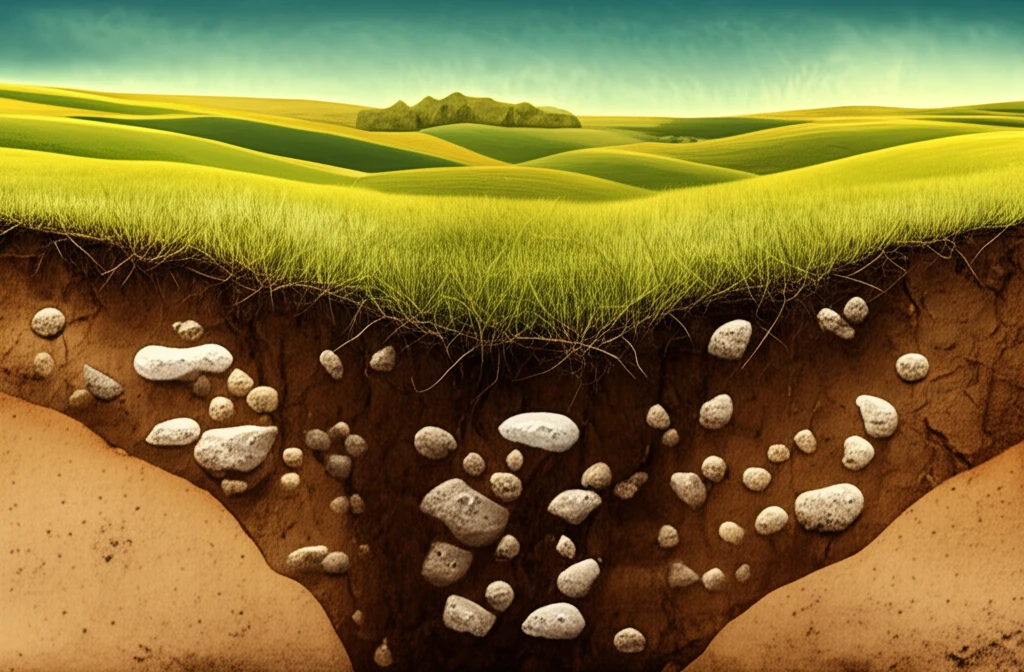
Unlocking the Secrets of Kastanozems: A Deep Dive into Turkey's Hidden Soils
"Explore the unique characteristics, distribution, and sustainable management of Kastanozems, the vital soils of Turkey's grasslands and agricultural landscapes."
Imagine a landscape painted in hues of chestnut brown, where short grasses sway gently in the breeze. This is the domain of Kastanozems, soils that thrive in steppe-like environments, often playing second fiddle to their more famous cousins, the Chernozems. But don't let their understated presence fool you—Kastanozems are vital players in the ecological and agricultural tapestry of regions like Turkey.
These soils, characterized by a humus-rich surface and a prominent accumulation of carbonates beneath, cover a modest but significant portion of the European Union and a more substantial area of Turkey. Understanding Kastanozems is crucial, especially given their sensitivity to land management practices and the ever-present need for sustainable agriculture.
This article delves into the intriguing world of Kastanozems, exploring their formation, distribution, characteristics, and management in Turkey. We'll uncover the secrets held within these soils, revealing how a deeper understanding can lead to better land stewardship and a more sustainable future.
What Makes Kastanozems Special?

Kastanozems don't just pop up anywhere. Their formation is influenced by a combination of factors, starting with the parent material they develop from. In Turkey, you'll often find them arising from calcareous materials like Neogene-aged marls and clay-stones, rich in calcium carbonate. These soils can also form from sandy, clayey, and calcareous deposits, showcasing their adaptability.
- Humus-rich surface: A chestnut-brown to brownish top layer, though thinner than that of Chernozems.
- Carbonate accumulation: A notable build-up of secondary carbonates in the sub-surface.
- A-B-C Horizon Sequence: The typical soil profile progression.
- Cambic or Argic B horizons: These layers range from 20-35 cm in depth.
Managing Kastanozems for a Sustainable Future
Kastanozems are naturally fertile, rich in humus, and relatively rich in plant nutrients. This, coupled with suitable topography, often leads to the clearing of natural vegetation for cultivation. However, periodic moisture deficits and shallow soil depths can limit yields. The high clay and CaCO3 content can also pose challenges for certain crops and tilling practices. Ultimately, understanding these soils is the first step toward sustainability.
